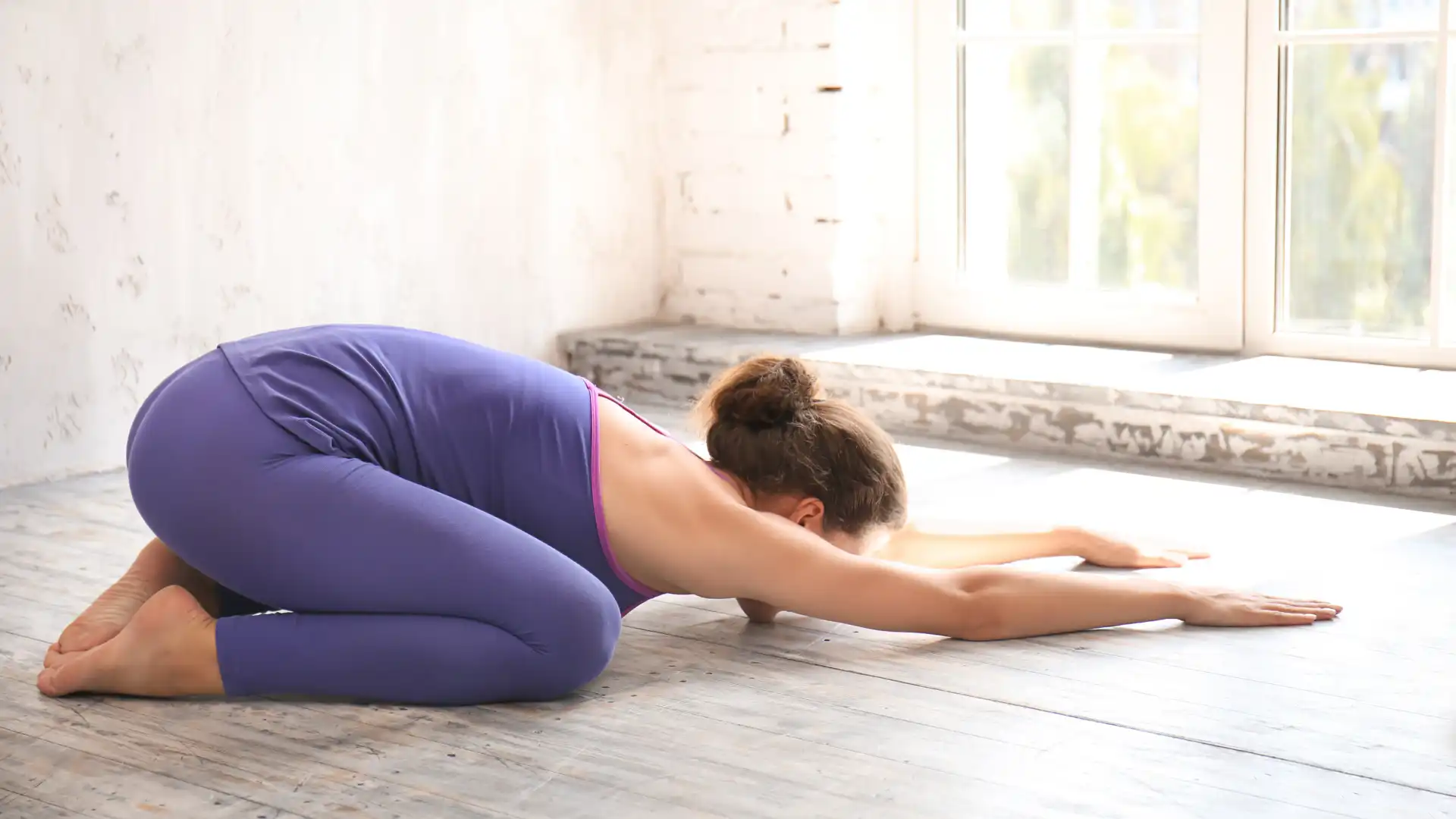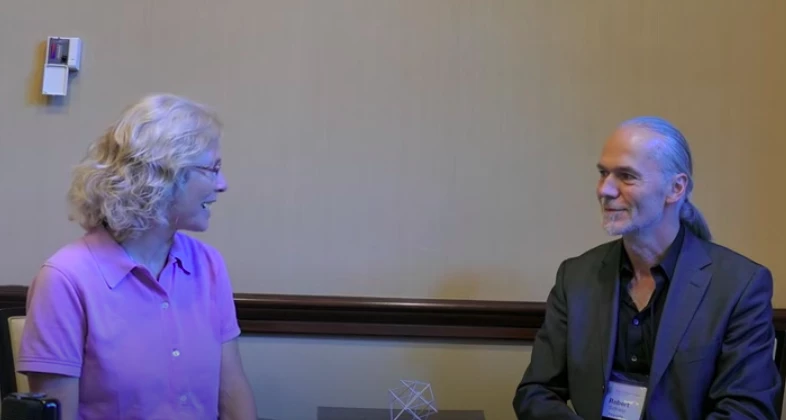Video With Dr. Robert Schleip: How Fascia Research Is Transforming Our Understanding of the Body

Robert Schleip, Ph. D., is a world-rennowned, leading fascia research. He is co-founder of the bi-annual Fascia Research Congress and Director of the fascia research program at Ulm University in Germany. In this interview, he reflects on the numerous ways new fascia research is transforming our understanding of the body. See below for the full video interview with Dr. Schleip!
YogaU Online: Surgeon and fascia researcher Jean Claude Guimberteau once said that the fascia should not be called the connective tissue; it should be called constituent tissue. Could you talk about that?
Robert Schleip: Yes, I recommend everybody looks at the images in Guimberteau’s new book. It’s a must-have for everybody because once you see what he’s shown, you will move differently. You will touch differently after seeing this fibrous network that connects everything. Of course, fascia is a connecting tissue, but for Guimberteau to describe it as a constitutive connective tissue emphasizes our understanding that every organ is embedded into this tissue network. How well your heart is pumping, how well your lungs and liver are functioning, and how well your biceps are contracting not only depends on the organ in question but on the meshwork in which it hangs.

YogaU Online: I imagine that brings up some interesting questions in light of the aging process.
Robert Schleip: Yes. In fact, fascia becomes fibrotic as we age. Although we can still strengthen our muscles in old age, the network will no longer respond. So, when we look at this fibrous network and ask how can we ease the stiffness that happens with aging, we are thinking not only biochemically but, more importantly, biomechanically.
YogaU Online: It seems like when we learn anatomy today, we still learn anatomy in terms of the individual muscles and the actions of those muscles. However, the vision Guimberteau was painting was one of, in a sense, one fascial network where the muscles are embedded within pockets in that network. One of the things that was interesting was that they looked at what happens when you increase the flexibility in the lower limbs by stretching them, and they found that you actually have an effect on the cervical spine.
Robert Schleip: Isn’t that beautiful?
YogaU Online: It’s amazing.
Robert Schleip: But it makes sense. Take the plantar fascia: we actually have some studies in Germany that look at the heel pad. And as you become a grumpy German who always lands with your heels as if in a military march, the heel pad doesn’t slide as much anymore. Then, the network of your plantar fascia does not transmit the tension into the Achilles tendon, into your hamstring muscles, and into your lumbodorsal fascia. But as you get the heel pad to slide again (two to three millimeters), as you do a foot massage on a roller or something like that on the plantar fascia, then you can get your head further upwards.
So, it’s very nice to look at this body-wide network and find out in which areas you have an increased adherence that you then maybe have to work on.
YogaU Online: So we’re not just conceptualizing musculoskeletal health in terms of the flexibility and strength of an individual muscle; we’re also looking at adhesion and the ability of the fascia and the muscle fibers within the fascia to slide effortlessly.
Robert Schleip: Sliding would fit perfectly if you have two membranes that have no connection with each other. But with our bodies, it’s a shearing motion because there is a network in between. So, the parts do not slide in the traditional sense. They are making a shearing motion in relationship to each other because everything is connected with each other. So nothing can slide in a relationship; rather, it’s a network allowing shear forces.
Yoga is not a sliding practice. It’s a shearing practice. In yoga, you train your fibrous network from your galea aponeurotica (the connective tissue up on your scalp) all the way to your plantar fascia. As the research has shown, in lower back pain patients, the fascia of the lower back doesn’t shear.
It’s as if we have this tiny suit under our subcutaneous connective tissue that’s covering our whole body. In lower back pain patients, it doesn’t shear in the lower back. Take, for example, my jacket: if you pin it here, then I suddenly cannot lift my arm. If you take the pins out, I have my mobility again.
YogaU Online: Does this mean everything we thought about movement and exercise science until now is wrong?
Robert Schleip: No. But most of the time, we have tried to explain things by compartmentalizing the body, saying this muscle is short; this muscle is doing that…
Almost everything in musculoskeletal textbooks, including muscles, joints, and ligaments, will need significant rewriting once you include the muscular connective tissues. For example, the muscle almost never pulls equally on the origin and insertion together, as the textbooks say.
And now, we know at least a third of the force never makes it from the origin to the insertion: it goes in the neighboring tissues. For example, take the gluteus maximus: what I’d learned was that it was a one-joint hip extensor and external rotator. However, since a third of the fibers (in some people, fifty percent of the fibers) are continuous, they do not go into the femur. They go in the IT band that goes below the knee. So, it turns out your gluteus maximus is also a knee joint stabilizer.
So yes, almost every chapter will need to be rewritten, not completely, but enough to clarify what happens as a result of this force transmission into the connective tissue. And there are other things like that as well.
New Perspectives in Fascia Research
Also, read...
Are You Making This Common Stretching Mistake in Yoga?
Dr. Ray Long: How to Enhance Your Breathing Capacity During Yoga
Yoga Anatomy: The Adductor Muscles in Downward Facing Dog Pose
Related courses
Breath as Medicine: Yogic Breathing for Vital Aging
Yoga and Myofascial Release: Releasing Chronic Tension with the Bodymind Ballwork Method
Yoga and Detoxification: Tips for Stimulating Lymphatic Health




